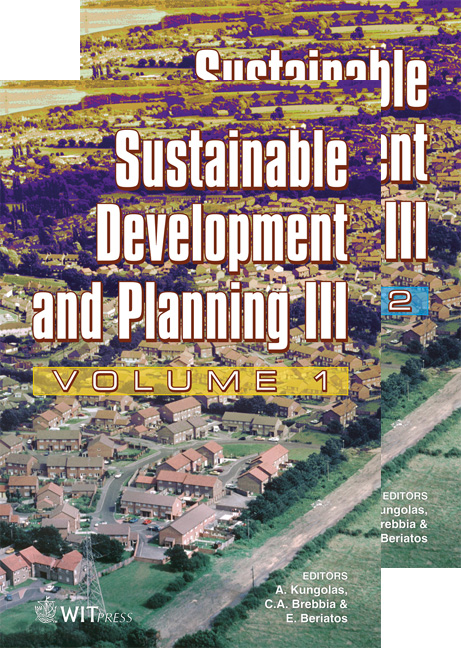A Sustainable Approach For Industrial Area Redevelopment In The Netherlands
Price
Free (open access)
Transaction
Volume
102
Pages
13
Published
2007
Size
447 kb
Paper DOI
10.2495/SDP070081
Copyright
WIT Press
Author(s)
E. G. J. Blokhuis & W. F. Schaefer
Abstract
According to the Dutch Ministry of Economic Affairs, creating space for industrial areas is necessary to realize a sustainable economic growth. Currently, the average time needed to redevelop an industrial area in the Netherlands is 10 years. Furthermore, almost 30% of the Dutch stock of industrial areas is obsolete. In contrast to this is the redevelopment of the industrial area ‘Parque das Nações’. This urban development project, accommodating the Lisbon 1998 world exhibition, was completed within a very short period and shows almost no signs of ageing. This was achieved through the establishment of an independent business structure. This paper discusses the nature of the organizational problems of industrial area redevelopment in the Netherlands and introduces a possible new approach, derived from the Lisbon-experience. Keywords: industrial areas, planning approach, sustainability, urban development. 1 Introduction Industrial areas are important from economical and spatial perspectives. They provide about 31% of the total employment in the Netherlands [27], and 35% of the total value added is created on industrial areas. Every hectare of industrial area yields approximately €1.6 million each year [7]. In addition to this, industrial areas are also important from a spatial point of view. Industrial area land use covers more than 2% of the Dutch surface, and this amount is growing steadily. Taking into account that the Netherlands is one of the most densely populated and urbanized countries in the world, Dutch planners are confronted with a scarcity of land [31]. This underlines the importance of a sustainable handling of the space for industrial areas, to obtain a sustainable economic
Keywords
industrial areas, planning approach, sustainability, urban development.





